Copper Shaft-Hole Axes and Early Metallurgy in South-Eastern Europe: An Integrated Approach
Although the copper axes with central shaft-hole from south-eastern Europe have a long history of research, they have not been studied on a transnational basis since the 1960s. What has also been missing, is trying to use as many methods as possible to better understand their production, use and context. A database was compiled to find answers to questions regarding patterns of distribution, context, fragmentation and deformation. Aspects of production were considered through experimental archaeology, metallographic analysis and a re-discovered axe blank with missing shaft-hole. The typology was re-evaluated and modified to ensure comparability across modern national boundaries. The integration of these approaches yielded some interesting results. The great variability in shape clearly shows that a variety of production techniques were used, but it is difficult to relate these to specific geographic areas. In fact the typology as well as the practice of marking the axes indicate that traditional archaeological ‘cultures’ rarely correspond to axe types and marking practices. Instead there were different spheres of influence, some more localised and others much larger than specific ceramic traditions. These different levels of belonging show that it was a period of complex cultural patterns and interactions. The axes were part of these networks of daily life on many different levels from the utilitarian to the ritualised placement in burial contexts.
{{comment.content}}
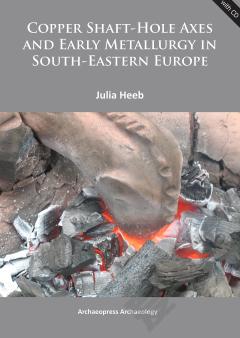
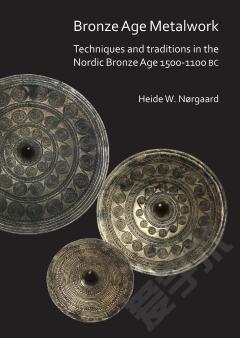

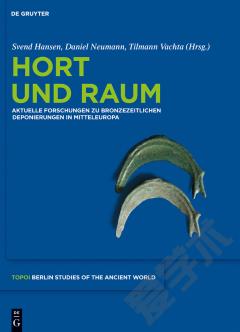

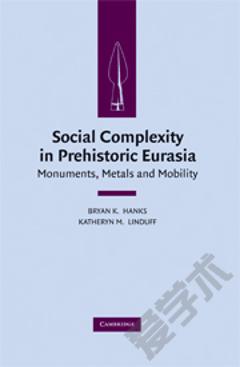
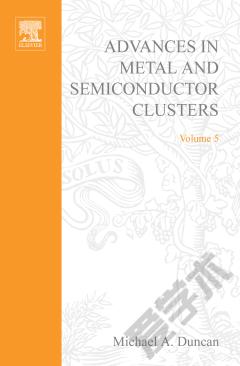

 京公网安备 11010802027623号
京公网安备 11010802027623号